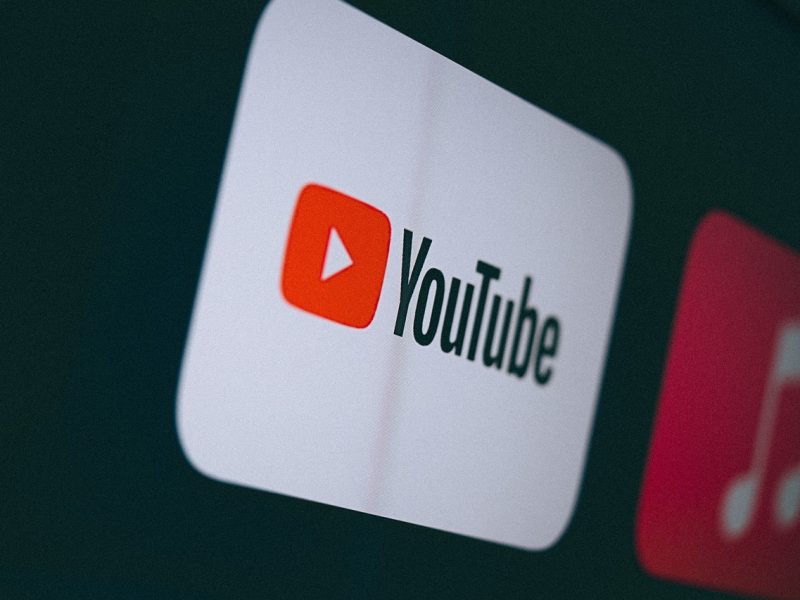The use of ad-blockers on platforms like YouTube is widespread. These tools have been a go-to solution for users looking to avoid intrusive advertisements while enjoying video content. However, Google is currently testing new methods to bypass the effectiveness of these tools, according to “GoogleWatchBlog.” A small number of users have reported that advertisements are no longer displayed as separate pop-ups but are integrated directly into the actual video content.
The Changing Landscape of Online Advertisements
This server-side integration of ads means that ad interruptions are no longer recognizable by ad-blockers. There is no switching of sources, as is the case with separate ad displays. This development marks a significant shift in the online advertising landscape, where companies continuously seek ways to deliver ads despite user resistance. Google’s approach to embedding ads directly into videos represents a more aggressive tactic to ensure their advertisements reach the audience.
A New Challenge for YouTube Ad-Blockers: Ads Streamed with Videos
With this new technique of embedding ads directly into the video, Google could render ad-blockers ineffective. The ads are dynamic in terms of display duration and placement, making them difficult to skip or filter. This poses a substantial challenge to users who rely on ad-blockers for an uninterrupted viewing experience. While extensions like SponsorBlock can detect and block marked sponsorship messages, they are nearly powerless against server-side integrated ads.
The Future of Ad-Blockers and User Experience
This new approach presents a significant challenge for ad-blockers, as the ads become a seamless part of the video stream. Users may find it increasingly difficult to avoid advertisements, potentially leading to a higher exposure to ads while consuming content on YouTube. As Google continues to refine and expand this method, the future of ad-blockers on the platform remains uncertain. This development might lead to a push for more sophisticated ad-blocking technologies or even changes in user behavior, such as increased use of premium, ad-free services.
User Reactions and Potential Impacts
User reactions to these changes have been mixed. While some users express frustration over the inability to block ads effectively, others recognize the necessity of advertisements in supporting content creators. The integration of ads directly into videos could also lead to new forms of advertisement that are less disruptive and more engaging, though it remains to be seen how this will affect overall user satisfaction.
The Balance Between Ad Revenue and User Satisfaction
Google’s primary goal with this strategy is to maximize ad revenue while maintaining a balance with user satisfaction. The company must tread carefully, as overly intrusive ads could drive users away from the platform. YouTube has always walked a fine line between monetizing content and keeping users happy, and this new method will test that balance further.
Looking Ahead
As this new ad strategy unfolds, it will be crucial to monitor how users and ad-blocking companies respond. Innovations in ad-blocking technology may emerge to counteract Google’s tactics, or users might shift towards alternative platforms that offer a less intrusive viewing experience. Furthermore, content creators might need to adapt to these changes, finding new ways to engage their audience within the constraints of integrated advertisements.
Overall, Google’s move to test server-side ad integration represents a significant development in the ongoing battle between advertisers and ad-blockers. The effectiveness and reception of this strategy will likely shape the future of online advertising and user experience on YouTube.
